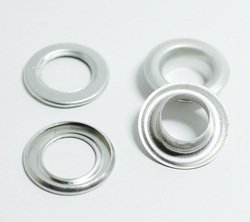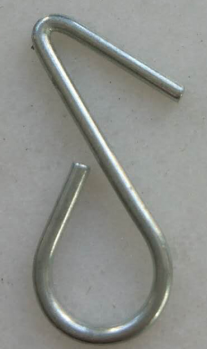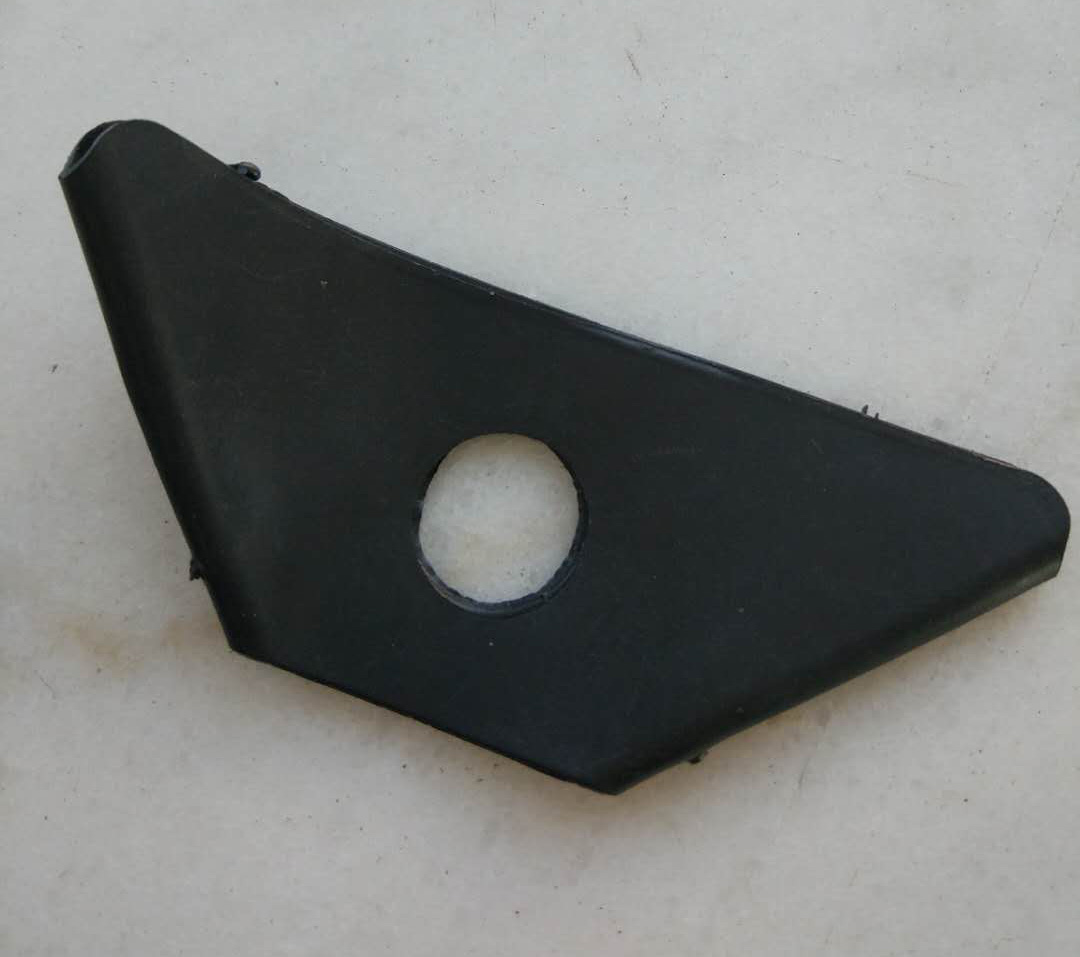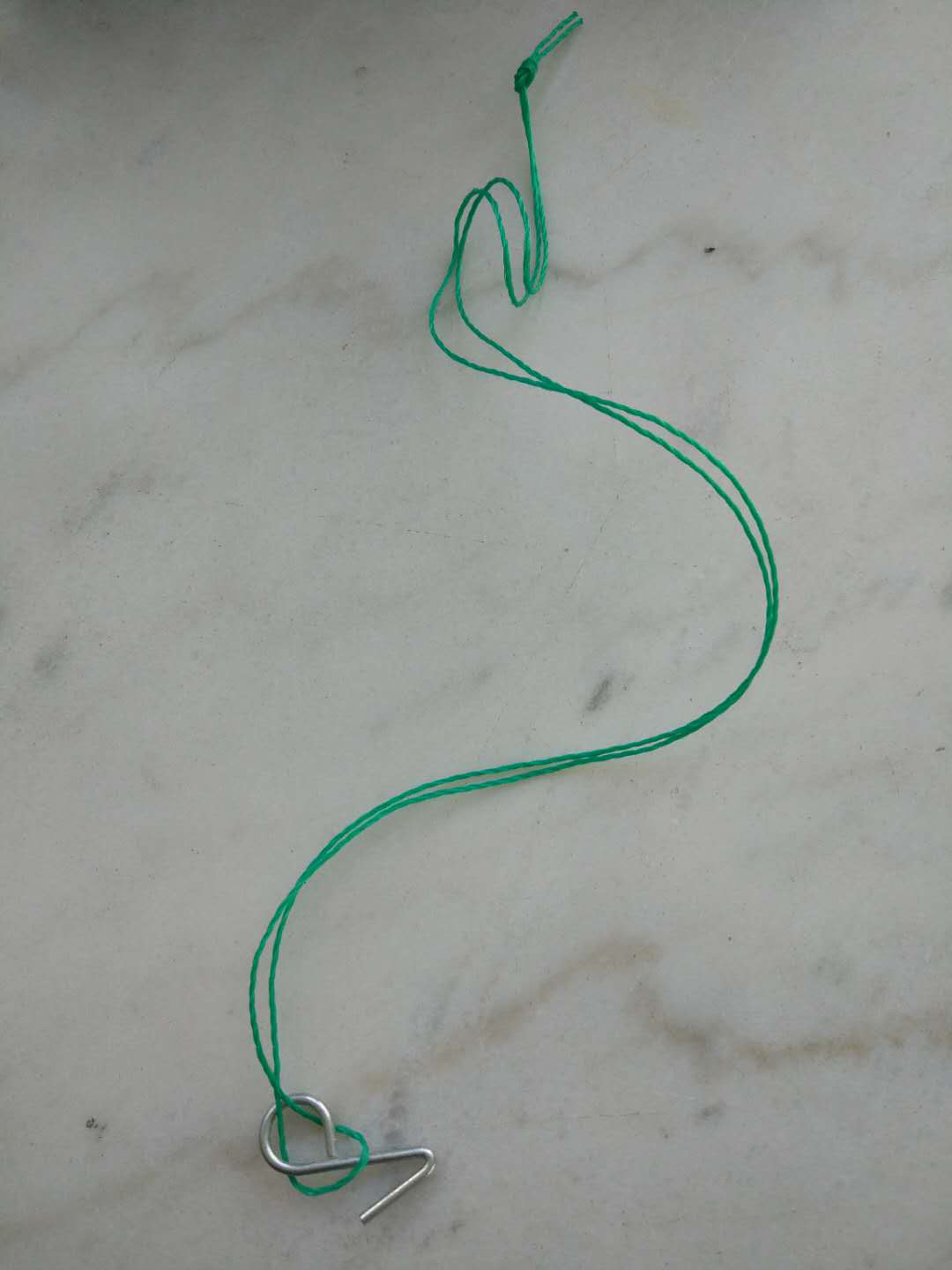The cross-linking agent is an in-line type intermolecular bridge, which is mainly used in polymer materials (rubber and thermosetting resins). Because the molecular structure of the polymer material is like a long line, when it is not crosslinked, the strength is low, easy to break, and there is no elasticity. The role of the cross-linking agent is to generate chemical bonds between the linear molecules, so that the linear molecules interact with each other. When joined together, a network structure is formed, so that the strength and elasticity of the rubber can be improved. The crosslinking agent used in the rubber is mainly sulfur, and an accelerator is added. The following plastic mesh industry website - Jiuzhi Plastics Network tells you about the 10 major effects of cross-linking agents, as follows:
1. Cross-linking and modification of various thermoplastics (polyethylene, polyvinyl chloride, chlorinated polyethylene, polystyrene, etc.). The thermal crosslinking is generally added in an amount of 1-3%, and the addition of dicumyl peroxide (DCP) is 0.2-1%; the addition amount of the irradiation crosslinking is 0.5-2%, and DCP can be omitted. After cross-linking, the heat resistance, flame retardancy, solvent resistance, mechanical strength and electrical properties of the product can be significantly improved. It cross-links with a peroxide system alone to significantly improve product quality without odor. Typical for polyethylene, polyethylene / chlorinated polyethylene, polyethylene / EVA cross-linked cable and polyethylene high and low foam products.
2, ethylene propylene rubber, various fluoro rubber, CPE and other special rubber vulcanization (combined with DCP, the general dosage is 0.5-4%), can significantly shorten the curing time, improve strength, wear resistance, solvent resistance and resistance Corrosive.
3. Crosslinking of acrylic acid and styrene type ion exchange resins. It has lower dosage and higher quality than divinylbenzene cross-linking agent, and can prepare ion exchange resin with excellent anti-fouling, high strength, large pore diameter, heat resistance, acid and alkali resistance and oxidation resistance. This is a newly developed ion exchange resin which has been newly developed at home and abroad.
4. Modification of polyacrylate, polyalkyl acrylate, and the like. It can significantly improve heat resistance, optical properties, and processability. It is typically used for heat resistant modification of common plexiglass.
5. Modification of epoxy resin and DAP (diallyl polyphthalate) resin. Heat resistance, adhesion, mechanical strength and dimensional stability can be improved. Typically used for the modification of epoxy potting compounds and encapsulants.
6. Crosslinking and modification of unsaturated polyester and thermoplastic polyester. It can significantly improve heat resistance, chemical resistance, dimensional stability, weather resistance and mechanical properties. It is typically used to improve the heat resistance of hot-pressurized unsaturated polyester FRP products. The modified product can be used at temperatures above 180 °C.
7. TAIC's own homopolymer, polytriallyl isocyanurate, is a transparent, hard, heat-resistant, electrically insulating resin that can also be used to bond glass and ceramics. Typically used to make multilayer safety glass.
8. Internal plasticization of polystyrene, copolymerization modification of styrene and TAIC, etc., can produce transparent and crush-resistant products.
9. Metal heat-resistant, radiation-resistant and weather-resistant protective agent. TAIC prepolymer is baked on metal surface. Its baking coating has excellent heat resistance, radiation resistance, weather resistance and electrical insulation. It is typically used to make insulating materials such as printed wiring boards for microelectronic products.
10. Used as an intermediate for photocurable coatings, photoresists, flame retardants and flame retardant crosslinkers. Typically used to synthesize high efficiency flame retardant TBC and flame retardant crosslinker DABC.
We can supply all kinds of Tarpaulin Components, such as aluminum eyelets (grommets), PP ropes, stainless hooks, elastic ties, black plastic bars, rivets, PC eyelets, D-rings, PE webbings, etc. All the components can be used to process ready-made PE Tarpaulin Sheet. PE Tarpaulin components help people use tarpaulin in a easy way. When people use tarpaulin to cover things, they use eyelets, hooks or D-rings, etc to fasten, to protect the underthings in a good condition. PP rope and black plastic bar make the tarpaulin more strong. PE webbing is mostly used for scaffolding tarpaulin, through the webbing eyelets you can tie the Elastic Tie onto the scaffolding. All the tarpaulin components can be provided separately as a single product. Welcome to quote from us!





Tarpaulin Components
Tarpaulin Components,Galvanized Tarp Rope Hook,Tarp Cover Rope Hook,Tarp Sheet With Rope
HEBEI OHONG PLASTIC CO. LTD. , https://www.tarpaulin-factory.com




